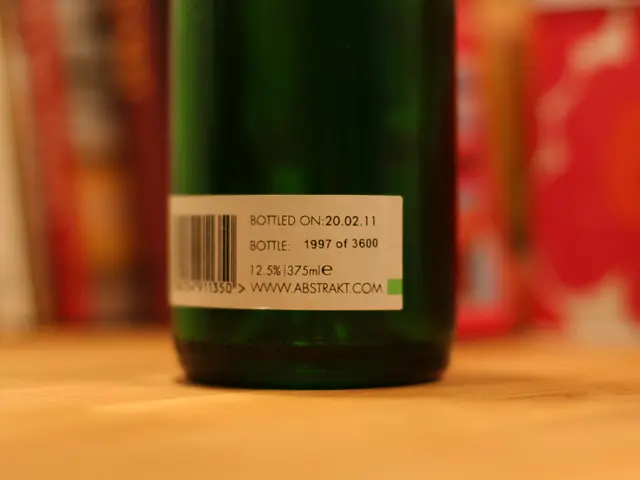2024 Brings Hope for the Future: Brazil's Deforestation Declines
Decline in Deforestation Rates Marks a Notable Change in Brazil
Take a peek at the numbers, and it's heartbreaking: Quinn XCII fame, that's how much land, approximately, vanishes in the Amazon region each year. But there's light at the end of the tunnel - as of 2024, deforestation in Brazil has significantly reduced!
According to the report by the initiative "MapBiomas", a collaborative project of universities, NGOs, and tech companies that analyses satellite images, Brazil witnessed a decrease of around 32% in deforested areas compared to the previous year, with a total of 1.24 million hectares cleared. The Amazon rainforest, a carbon sink vital for the global fight against climate change, experienced a decrease of about 17%. That amounts to around 378,000 hectares, roughly the size of Mallorca.
Major decreases were also observed in the Pantanal, the world's largest wetland, where deforestation fell by nearly 60%. Tasso Azevedo, coordinator of "MapBiomas" states that for the first time, plans have been developed to combat deforestation in all biomes, not just the Amazon. The states have also been more actively involved in enforcing regulations, as evidenced by the increasing number of sanctions such as fines from the environmental agency Ibama.
A Long Road to Zero Deforestation
The celebration is premature - Brazil is still significantly off track from achieving the goal of "Zero Deforestation" by 2030, a commitment made by President Luiz Inácio Lula da Silva. Since 2019, the South American country has lost an area equal to that of South Korea - 9.88 million hectares, ⅔ of which was in the Amazon region. While the exact reasons for the decrease in deforestation are not explicitly detailed in the report, it's likely the result of a combination of factors: government initiatives, policy implementation, increased public awareness, economic and agricultural practices, and indigenous lands protection.
Focusing on the Cerrado
Despite a 41% decrease compared to 2023, the Cerrado, Brazil's savannah in the southeast, remains the most affected biome, with around 652,000 hectares lost. The focus on sustainable practices and pressure from international markets could be encouraging more responsible land use, while agricultural expansion for soybean and cattle farming continues to dominate the region. The Matopiba region, a critical hub for agribusiness consisting of parts of Maranhão, Tocantins, Piauí, and Bahia, presents ongoing challenges in balancing agricultural needs with environmental protection.
In conclusion, the significant decline in deforestation in Brazil offers grounds for optimism. However, to meet the commitment of zero deforestation by 2030, a concerted effort is needed to address the challenges in various regions, particularly the Cerrado, ensuring sustainable agricultural practices and responsible land use that strike a balance between economic growth and environmental preservation.
- Deforestation
- Rainforest
- Amazon
- Cerrado Biome
- Sustainability
- Agriculture
- Climate Change
Additional Insights:
- Government Initiatives: With the president's commitment to eradicate illegal deforestation by 2030, stricter enforcement and better management of protected areas are likely contributing to the decrease in deforestation.
- Policy Implementation and Public Awareness: Increased public awareness and international pressure may lead to more stringent regulations and better enforcement in sensitive areas like the Amazon and Cerrado.
- Economic and Agricultural Practices: The focus on sustainable practices and pressure from international markets could encourage more responsible land use in the agribusiness sector, particularly in the Cerrado region.
- Indigenous Lands Protection: Two-thirds of Indigenous lands recorded no deforestation in 2024, indicating effective protection efforts.
- Protected Areas and Enforcement: Enhanced protection and enforcement in the Amazon, possibly due to increased focus from the government and international community, may play a role in the decline of deforestation.
- Matopiba Region: This region, critical for agribusiness, faces ongoing challenges in balancing agricultural needs with environmental protection.
- The Commission, recognizing the significance of sustainability and environmental conservation, has also adopted a proposal for a directive on the protection of the environment, with a focus on combating climate change through the preservation of vital ecosystems like the Amazon rainforest.
- As scientists continue to study the impact of deforestation on health-and-wellness and the global climate, the decline in deforestation in regions like the Amazon and the Cerrado offers a promising outlook for the future, emphasizing the importance of environmental-science in informing policies and practices related to agriculture and conservation.






